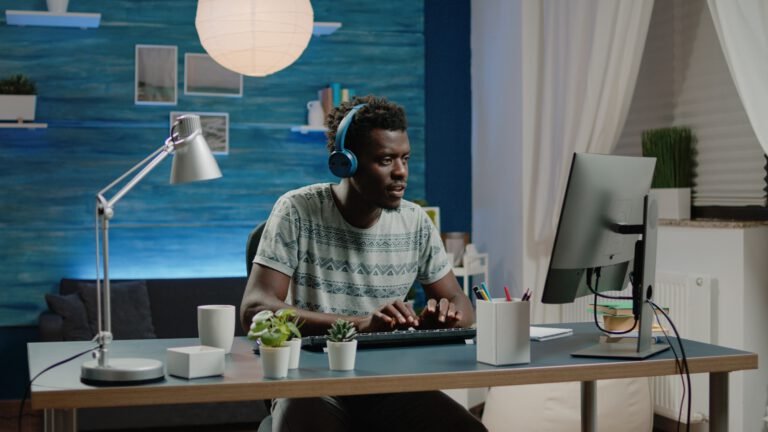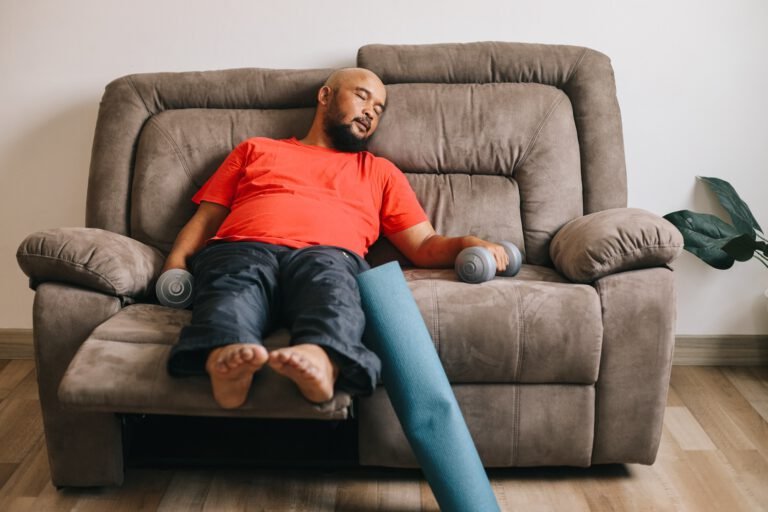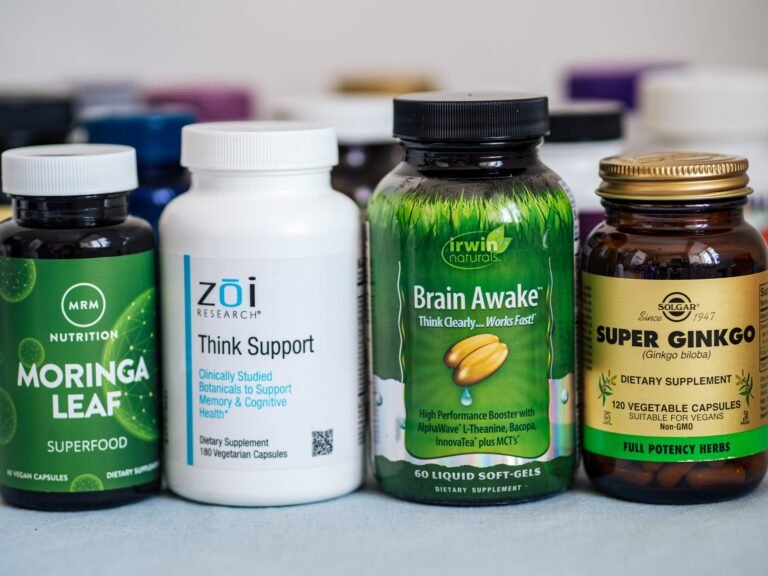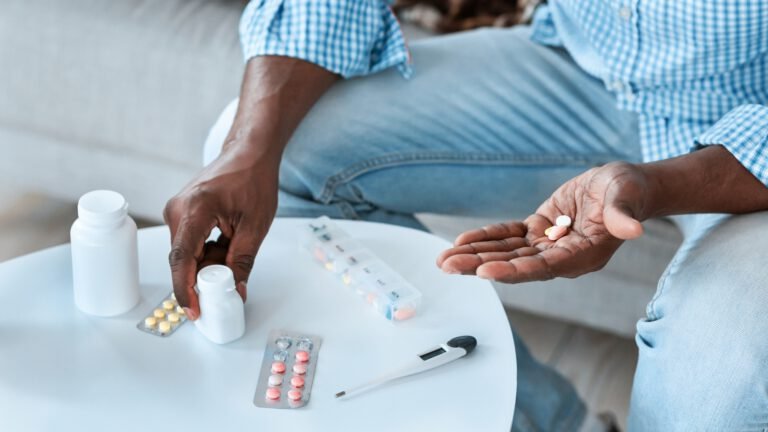Non Stimulant ADHD Medication for Adults
Non-stimulants can be a reasonable choice for adults looking for a less intense approach to ADHD treatment. They’re ideal if you’ve had harmful side effects with stimulants or want to avoid the risks of dependency.
1. The Basics of Non-Stimulants for Adults
These medications regulate norepinephrine in the brain, improving focus and emotional regulation over time. However, don’t expect a dramatic shift immediately; their effects take longer to show.
2. Common Medications
- Atomoxetine (Strattera): Popular for its once-daily dosing and steady effect.
- Guanfacine (Intuniv): Helps with emotional regulation and calming hyperactivity.
- Clonidine (Kapvay): Often prescribed for its sedative-like calming effects.

3. What to Consider
- Patience Required: Non-stimulants can take weeks to show results, so it’s important to stick with them for a while before judging their effectiveness.
- Lower Intensity: While they may not pack the same punch as stimulants, they’re gentler on the system and can be a good fit for managing mild to moderate symptoms.
Non Stimulant ADHD Medication for Kids
When it comes to children, non-stimulants are often considered when stimulants cause side effects like appetite loss or irritability.
1. The Reality of Non-Stimulants for Kids
Non-stimulant medications can help children regulate their emotions, stay calmer, and improve focus, but the effects are usually subtle and gradual.
2. Medication Options
- Atomoxetine (Strattera): A go-to choice for kids who need steady symptom control throughout the day.
- Guanfacine (Intuniv): Great for younger kids struggling with emotional meltdowns and hyperactivity.
- Clonidine (Kapvay): Often prescribed to help kids settle down and sleep better at night.
3. Challenges for Parents
One major hurdle is helping kids (and sometimes yourself) recognize the benefits of these medications. Because the changes are gradual, tracking minor improvements can help you gauge their effectiveness over time.
Final Thoughts

From my experience, non-stimulant ADHD medications don’t work as well as stimulants for most people, myself included. When I tried them, I found the effects to be subtle and slower to appear, leaving me feeling like they weren’t doing much. It wasn’t a dramatic change like stimulants often provide.
The hardest part is waiting weeks to see any noticeable effects—it’s easy to get frustrated or think the medication isn’t working. I advise to give a fair shot but stay realistic about what they can and can’t do. They might not be as powerful as stimulants, but for some, they provide just the right balance.










